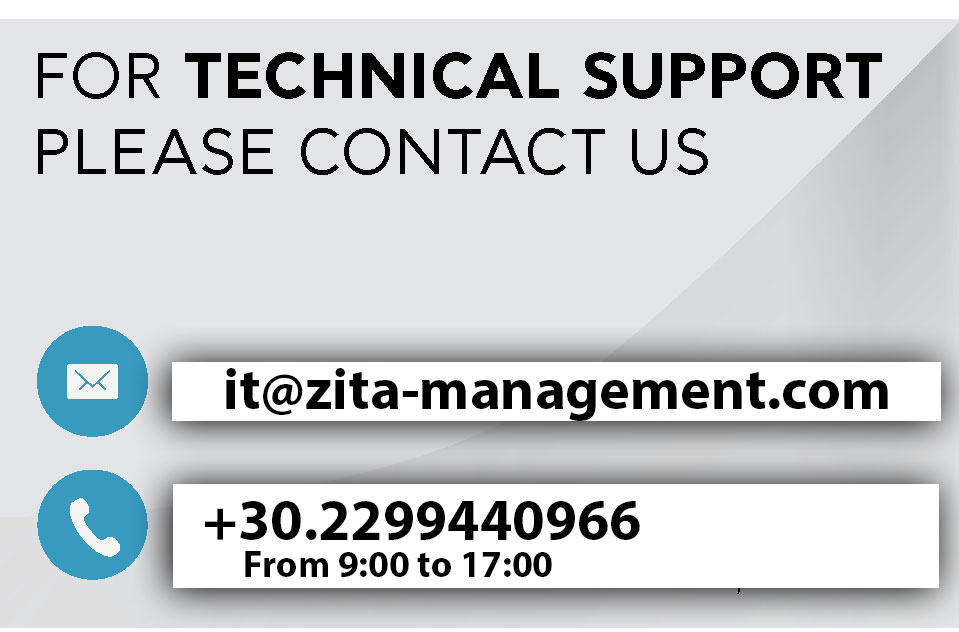Femoral distal-end fractures treatment using the Ilizarov circular frame
Abstract
AIM: The distal femur fractures are usually results of high energy injuries, pathological or periprosthetic frac- tures. The aim of this report is to describe the indications of Ilizarov external fixator (IEF) device as a suitable sur- gical treatment for these severe injuries, to describe the construct design and to evaluate the results in 16 patients treated using this method.
MATERIAL AND METHODS: 16 patients were assessed, (8 women - 8 men), with a range of 21 to 85 years of age. The fractures were of AO type 33-A1, 2, 3 & 33-C1, 2, 3. In two patients the fractures were periprosthetic. Two patients presented with nonunion and failure of the previously applied osteosynthesis respectively. In these pa- tients knee bridging was deemed necessary. The IEF construct design featured a twin ring module for the supra- condylar fracture fragment in the majority of the cases.
RESULTS: The mean hospitalization time was 7 days and the postoperative follow up was 6 - 52 months. Com- plete union was achieved in all cases without the need of reoperation in any case. The tibial part of the construct was removed after 4-8 weeks postoperatively and the femoral part of the construct was removed after 18 weeks respectively. The average time to union was 18 weeks. There were neither deformities, nor osteoarthritic lesions in the longest follow up cases. The range of motion of the knee was satisfactory in all cases.
CONCLUSION: The treatment of distal femur fractures of AO types 33-A1, 2, 3 & 33-C1,2,3 using the IEF is high- ly effective and it is our belief that this is the preferable method for the management of the above described inju- ries. This method shows numerous advantages, such as adjustment of the joint alignment, respect of soft tissues due to less invasive technique, early mobilization and no need for a second anesthesia and operation for IEF re- moval. The method shows no major complications apart from the common problem of pin site infection which in the majority of cases is easily managed with wound dressing, antibiotics administration or relocation of the pins.




